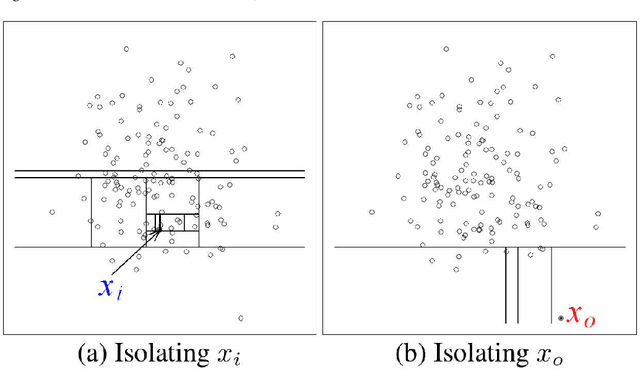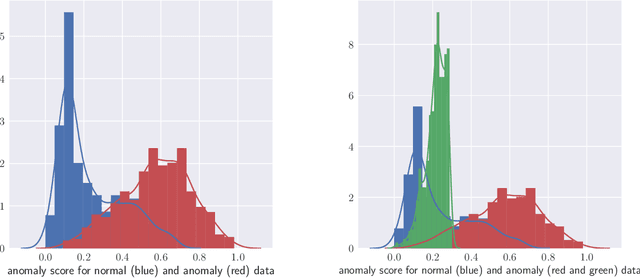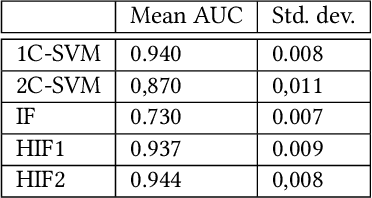Hybrid Isolation Forest - Application to Intrusion Detection
Paper and Code
May 10, 2017



From the identification of a drawback in the Isolation Forest (IF) algorithm that limits its use in the scope of anomaly detection, we propose two extensions that allow to firstly overcome the previously mention limitation and secondly to provide it with some supervised learning capability. The resulting Hybrid Isolation Forest (HIF) that we propose is first evaluated on a synthetic dataset to analyze the effect of the new meta-parameters that are introduced and verify that the addressed limitation of the IF algorithm is effectively overcame. We hen compare the two algorithms on the ISCX benchmark dataset, in the context of a network intrusion detection application. Our experiments show that HIF outperforms IF, but also challenges the 1-class and 2-classes SVM baselines with computational efficiency.
 Add to Chrome
Add to Chrome Add to Firefox
Add to Firefox Add to Edge
Add to Edge